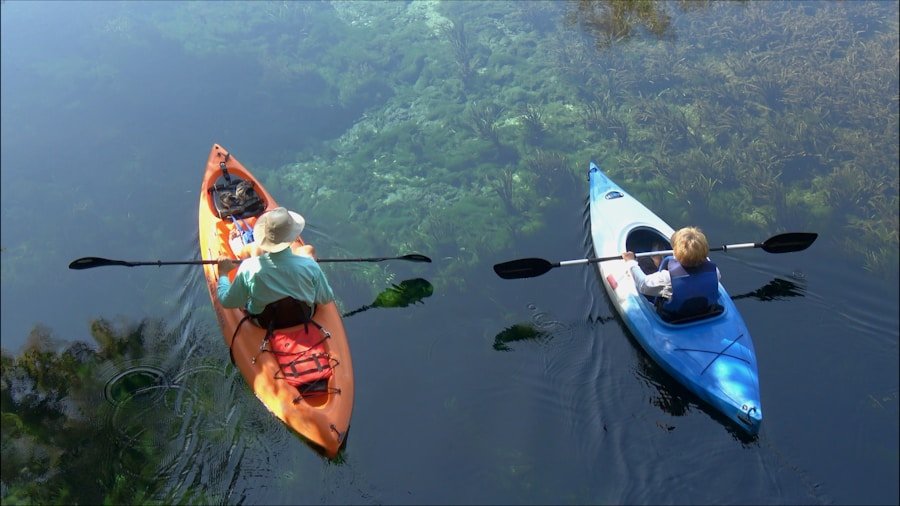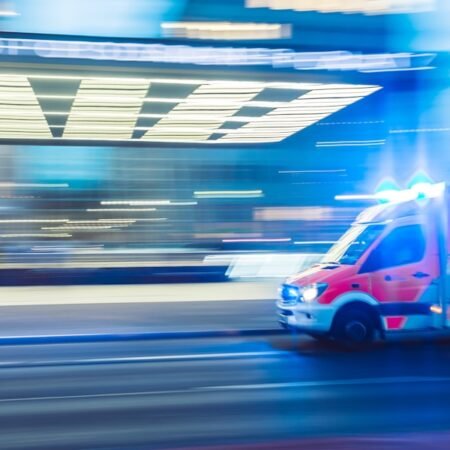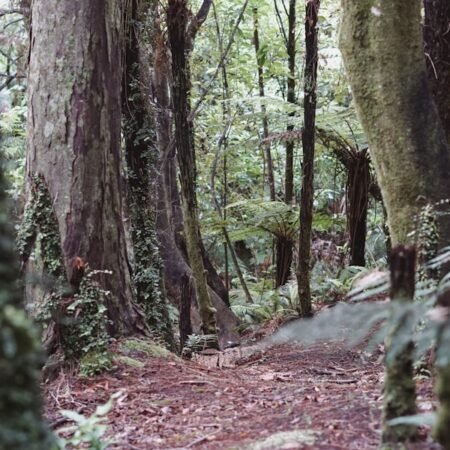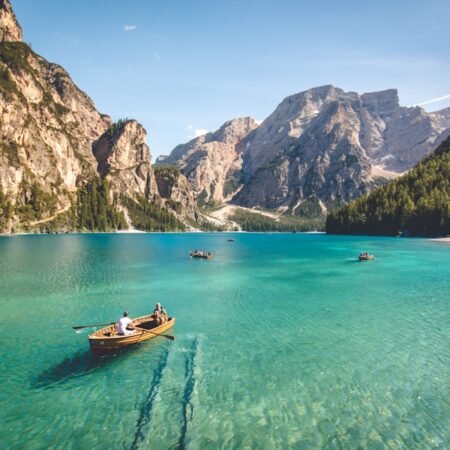When embarking on an outdoor adventure such as camping, it is crucial to prioritize safety. The great outdoors can be unpredictable, and it is essential to be prepared for any potential emergencies that may arise. Before setting out on a camping trip, it is important to research the area and familiarize yourself with any potential hazards or risks.
This can include wildlife encounters, extreme weather conditions, and rough terrain. Additionally, it is important to inform someone of your camping plans and expected return date, in case of an emergency. It is also important to pack appropriate clothing and gear for the environment you will be camping in, including sturdy footwear, weather-appropriate clothing, and navigation tools such as a map and compass.
In addition to being prepared for potential hazards, it is important to practice safe camping habits. This includes setting up camp in a safe and secure location, away from potential hazards such as falling branches or rocky terrain. It is also important to properly store food and dispose of waste to avoid attracting wildlife to your campsite.
By taking these safety precautions, you can minimize the risk of accidents and emergencies while camping.
Key Takeaways
- Having a first aid kit while camping is important for addressing potential injuries and emergencies in remote locations.
- Safety precautions for outdoor adventures include informing others of your plans, staying hydrated, and being aware of your surroundings.
- Essential supplies for camping emergencies include bandages, antiseptic wipes, pain relievers, and a first aid manual.
- First aid preparedness in the wilderness is important for addressing injuries such as cuts, burns, sprains, and insect bites.
- Potential hazards and injuries in the great outdoors include wildlife encounters, weather-related issues, and accidents while hiking or exploring.
Essential Supplies for Camping Emergencies
When venturing into the wilderness, it is essential to pack a first aid kit to handle any potential emergencies that may arise. A well-stocked first aid kit can be a lifesaver in the event of an injury or illness while camping. Some essential supplies to include in a camping first aid kit are adhesive bandages, gauze pads, adhesive tape, antiseptic wipes, tweezers, scissors, a thermometer, pain relievers, and any necessary prescription medications.
It is also important to include items such as a CPR mask, a first aid manual, and emergency contact information. In addition to a first aid kit, it is important to pack other essential supplies for camping emergencies. This can include a multi-tool with a knife and other useful tools, a flashlight with extra batteries, a whistle for signaling for help, and a space blanket for warmth in case of exposure.
It is also important to pack any necessary personal protective equipment such as gloves and a face mask. By packing these essential supplies, you can be prepared for any potential emergencies that may arise while camping.
Importance of First Aid Preparedness in the Wilderness
The wilderness can be an unpredictable and unforgiving environment, and it is essential to be prepared for any potential emergencies that may arise while camping. In remote locations, access to medical care may be limited, making it crucial to have the skills and supplies to handle medical emergencies on your own. A well-stocked first aid kit and knowledge of first aid techniques can make all the difference in the event of an injury or illness while camping.
In addition to being prepared for medical emergencies, having a first aid kit and knowledge of first aid techniques can provide peace of mind while camping. Knowing that you are prepared to handle any potential emergencies can allow you to relax and enjoy your outdoor adventure without worrying about what you would do in the event of an injury or illness. By prioritizing first aid preparedness in the wilderness, you can ensure a safe and enjoyable camping experience.
Potential Hazards and Injuries in the Great Outdoors
| Reasons to have a first aid kit while camping |
|---|
| 1. Accidents and injuries can happen in remote areas |
| 2. Immediate treatment can prevent worsening of injuries |
| 3. Essential for treating minor cuts, burns, and insect bites |
| 4. Can provide relief for common ailments like headaches and allergies |
| 5. Necessary for addressing more serious incidents until professional help arrives |
The great outdoors can present a wide range of potential hazards and injuries for campers. One of the most common injuries while camping is cuts and scrapes from outdoor activities such as hiking or cooking over a campfire. In addition to cuts and scrapes, campers may also encounter insect bites, burns from campfires or cooking equipment, sprains from hiking or other outdoor activities, and exposure-related illnesses such as heat exhaustion or hypothermia.
Wildlife encounters can also pose a potential hazard while camping, with the risk of bites or stings from animals such as snakes or insects. In addition to these common injuries and hazards, campers may also encounter more serious emergencies such as broken bones, allergic reactions, or medical conditions such as heart attacks or strokes. By being aware of these potential hazards and injuries, campers can take steps to minimize the risk of accidents and be prepared to handle any emergencies that may arise while camping.
First Aid Kit Essentials for Camping Trips
When packing a first aid kit for a camping trip, it is important to include a wide range of essential supplies to handle any potential emergencies that may arise. Some essential items to include in a camping first aid kit are adhesive bandages in various sizes, gauze pads, adhesive tape, antiseptic wipes, tweezers for removing splinters or ticks, scissors, a thermometer, pain relievers such as ibuprofen or acetaminophen, and any necessary prescription medications. It is also important to include items such as a CPR mask for performing CPR safely, a first aid manual for reference, and emergency contact information.
In addition to these basic supplies, it is important to consider the specific needs of your camping trip when packing a first aid kit. This can include items such as insect repellent and sunscreen to prevent insect bites and sunburns, blister treatment such as moleskin or blister pads for hiking, and personal protective equipment such as gloves and a face mask. By packing these essential supplies in a well-organized first aid kit, campers can be prepared for any potential emergencies that may arise while camping.
How to Use a First Aid Kit in Remote Locations
In remote locations such as the wilderness, access to medical care may be limited, making it crucial to have the skills and supplies to handle medical emergencies on your own. When using a first aid kit in a remote location, it is important to stay calm and assess the situation before taking action. This can include checking the injured person for any life-threatening conditions such as severe bleeding or difficulty breathing.
It is also important to prioritize your own safety when providing first aid in a remote location, taking precautions to avoid further injury or illness. In addition to providing first aid in a remote location, it is important to know when to seek additional medical care. In some cases, injuries or illnesses may require more advanced medical treatment than can be provided with a first aid kit alone.
It is important to have a plan for seeking help in the event of a serious emergency while camping in a remote location. This can include having a communication device such as a satellite phone or personal locator beacon, as well as knowing the location of the nearest medical facilities.
Ensuring a Safe and Enjoyable Camping Experience with a First Aid Kit
By prioritizing first aid preparedness while camping, campers can ensure a safe and enjoyable outdoor adventure. A well-stocked first aid kit and knowledge of first aid techniques can provide peace of mind while camping in remote locations. In addition to being prepared for potential emergencies, it is important to practice safe camping habits and prioritize safety at all times.
In conclusion, having a first aid kit while camping is essential for ensuring the safety and well-being of all campers. By being prepared for potential emergencies with a well-stocked first aid kit and knowledge of first aid techniques, campers can minimize the risk of accidents and handle any injuries or illnesses that may arise while enjoying the great outdoors. Prioritizing safety precautions and essential supplies for camping emergencies can ensure a safe and enjoyable camping experience for all.
FAQs
What is a first aid kit?
A first aid kit is a collection of supplies and equipment for use in giving first aid, particularly in an emergency situation.
Why is it important to have a first aid kit while camping?
Having a first aid kit while camping is important because it allows you to quickly and effectively respond to minor injuries, insect bites, burns, and other common camping-related accidents. It can also be crucial in providing initial care while waiting for professional medical help in more serious situations.
What should be included in a camping first aid kit?
A camping first aid kit should include items such as adhesive bandages, gauze pads, adhesive tape, antiseptic wipes, tweezers, scissors, a thermometer, pain relievers, insect repellent, and any personal medications that may be needed.
How should a first aid kit be stored while camping?
A first aid kit should be stored in a waterproof container to protect its contents from moisture and damage. It should also be easily accessible and known to all members of the camping group.
Where can I purchase a first aid kit for camping?
First aid kits for camping can be purchased at outdoor and camping supply stores, as well as online retailers. It is also possible to assemble your own first aid kit by purchasing the necessary supplies individually.













